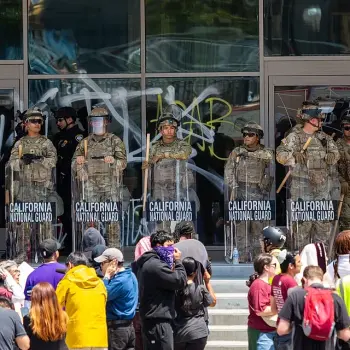Back when Barack Obama was first running for president, I was among those worried about his community organizing ties to the Marxist activist Saul Alinsky. I admit that Obama has not set up a dictatorship of the proletariat, though this quotation from Alinsky does sort of describe what I’m hearing from many Democrats: “A Marxist begins with his prime truth that all evils are caused by the exploitation of the proletariat by the capitalists.”
But today
conservatives are vying for the title of “radical.” Newt Gingrich claims he is the most radical conservative running for president. Ron Paul is being lauded for his “radical” proposals.
Consider Alinsky’s thirteen “Rules for Radicals“:
#1. Power is not only what you have, but what the enemy thinks you have.
#2. Never go outside the expertise of your people. When an action or tactic is outside the experience of the people, the result is confusion, fear and retreat…. [and] the collapse of communication.
#3. Whenever possible, go outside the expertise of the enemy. Look for ways to increase insecurity, anxiety and uncertainty. (This happens all the time. Watch how many organizations under attack are blind-sided by seemingly irrelevant arguments that they are then forced to address.)
#4. Make the enemy live up to its own book of rules. You can kill them with this, for they can no more obey their own rules than the Christian church can live up to Christianity.”
#5. Ridicule is man’s most potent weapon. It is almost impossible to counteract ridicule. Also it infuriates the opposition, which then reacts to your advantage.
#6. “A good tactic is one your people enjoy.”
#7. A tactic that drags on too long becomes a drag. Man can sustain militant interest in any issue for only a limited time.
#8. Keep the pressure on, with different tactics and actions, and utilize all events of the period for your purpose.
#9. The threat is usually more terrifying than the thing itself.
#10. The major premise for tactics is the development of operations that will maintain a constant pressure upon the opposition. It is this unceasing pressure that results in the reactions from the opposition that are essential for the success of the campaign.
#11. If you push a negative hard and deep enough, it will break through into its counterside… every positive has its negative.
#12. The price of a successful attack is a constructive alternative.
#13. Pick the target, freeze it, personalize it and polarize it. In conflict tactics there are certain rules that [should be regarded] as universalities. One is that the opposition must be singled out as the target and ‘frozen.’. . .any target can always say, ‘Why do you center on me when there are others to blame as well?’ When your ‘freeze the target,’ you disregard these [rational but distracting] arguments…. Then, as you zero in and freeze your target and carry out your attack, all the ‘others’ come out of the woodwork very soon. They become visible by their support of the target…’. . .One acts decisively only in the conviction that all the angels are on one side and all the devils on the other.
Where do you see these tactics at work? Are conservatives as well as leftists using them? Are there ways maybe that conservatives–for example, pro-life activists– should use them?











